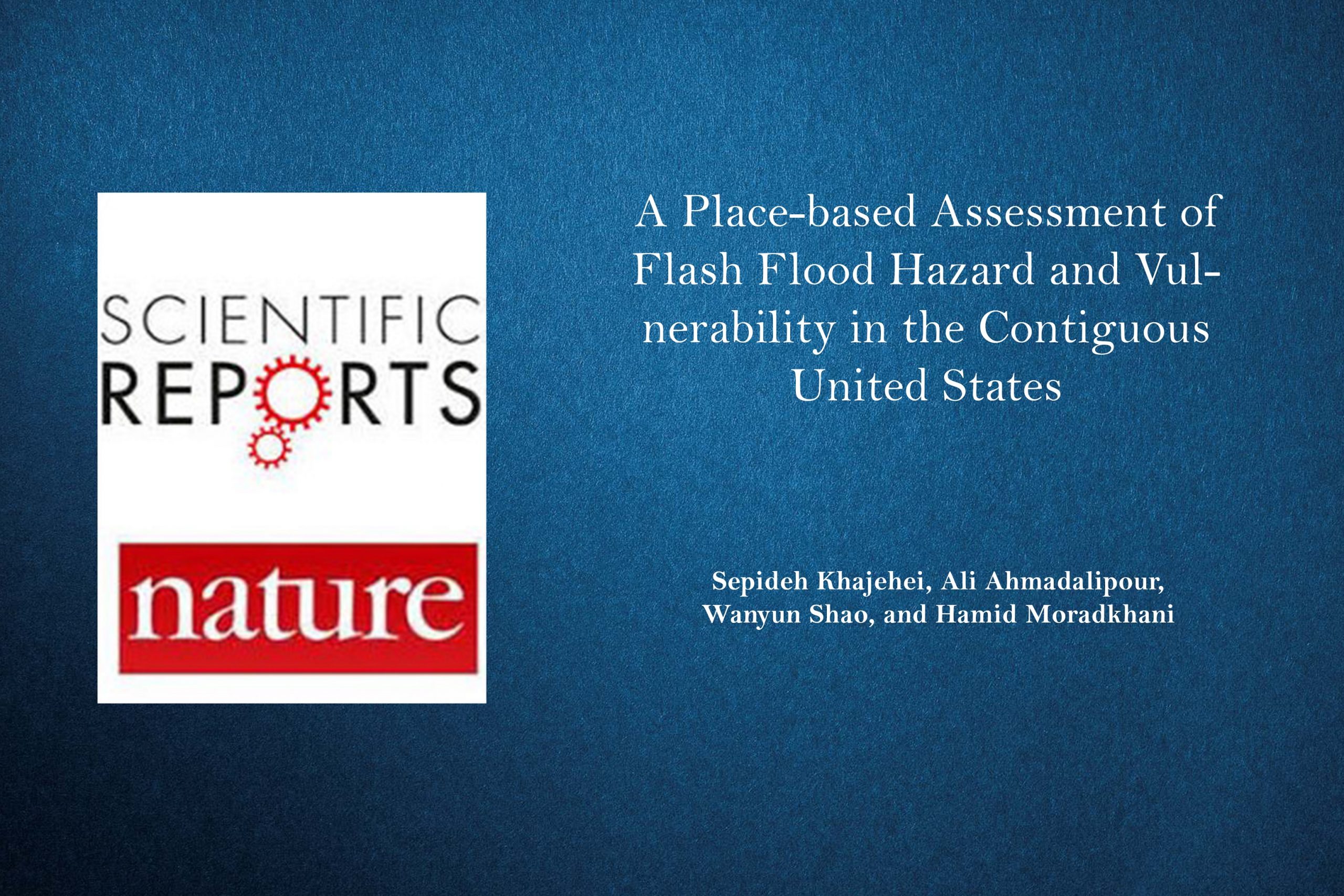Flash flood is among the most catastrophic natural hazards which causes disruption in the environment and societies. Flash flood is mainly initiated by intense rainfall, and due to its rapid onset (within six hours of rainfall), taking action for effective response is challenging. Building resilience to flash floods require understanding of the socio-economic characteristics of the societies and their vulnerability to these extreme events. This study provides a comprehensive assessment of socio-economic vulnerability to flash floods and investigates the main characteristics of flash flood hazard, i.e. frequency, duration, severity, and magnitude. A socio-economic vulnerability index is developed at the county level across the Contiguous United States (CONUS). For this purpose, an ensemble of social and economic variables from the US Census and the Bureau of Economic Analysis were analyzed. Then, the coincidence of socio-economic vulnerability and flash flood hazard were investigated to identify the critical and non-critical regions. Results show that the southwest U.S. experienced severe flash flooding with high magnitude, whereas the Northern Great Plains experience lower severity and frequency. Critical counties (high-vulnerable-hotspot) are mostly located in the southern and southwestern parts of the U.S. The majority of counties in the Northern Great Plains indicate a non-critical status… Read more

